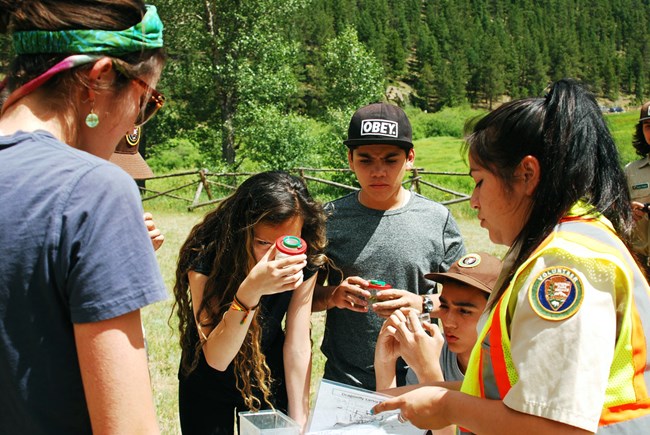
NPS
The groundbreaking 2002-2008 Western Airborne Contaminants Assessment Project (WACAP) documented atmospheric deposition and biological accumulation of contaminants, including heavy metals, pesticides, combustion byproducts and industrial use compounds, in 20 western national parks. These air toxics are of particular concern because: they do not break down in the environment, they accumulate in tissues of plants and animals, and they build up in the food chain. Many of the compounds can have significant harmful effects on nervous, behavioral, and reproductive systems.
Subsequent studies in North Coast and Cascades parks have focused on a particular air contaminant, mercury, including a study comparing mercury concentrations in fish from 21 western U.S. parks, a citizen science project looking at mercury concentrations in dragonfly larvae, and a Research Learning Center-funded project examining mercury accumulation in fish.
Last updated: December 13, 2018
